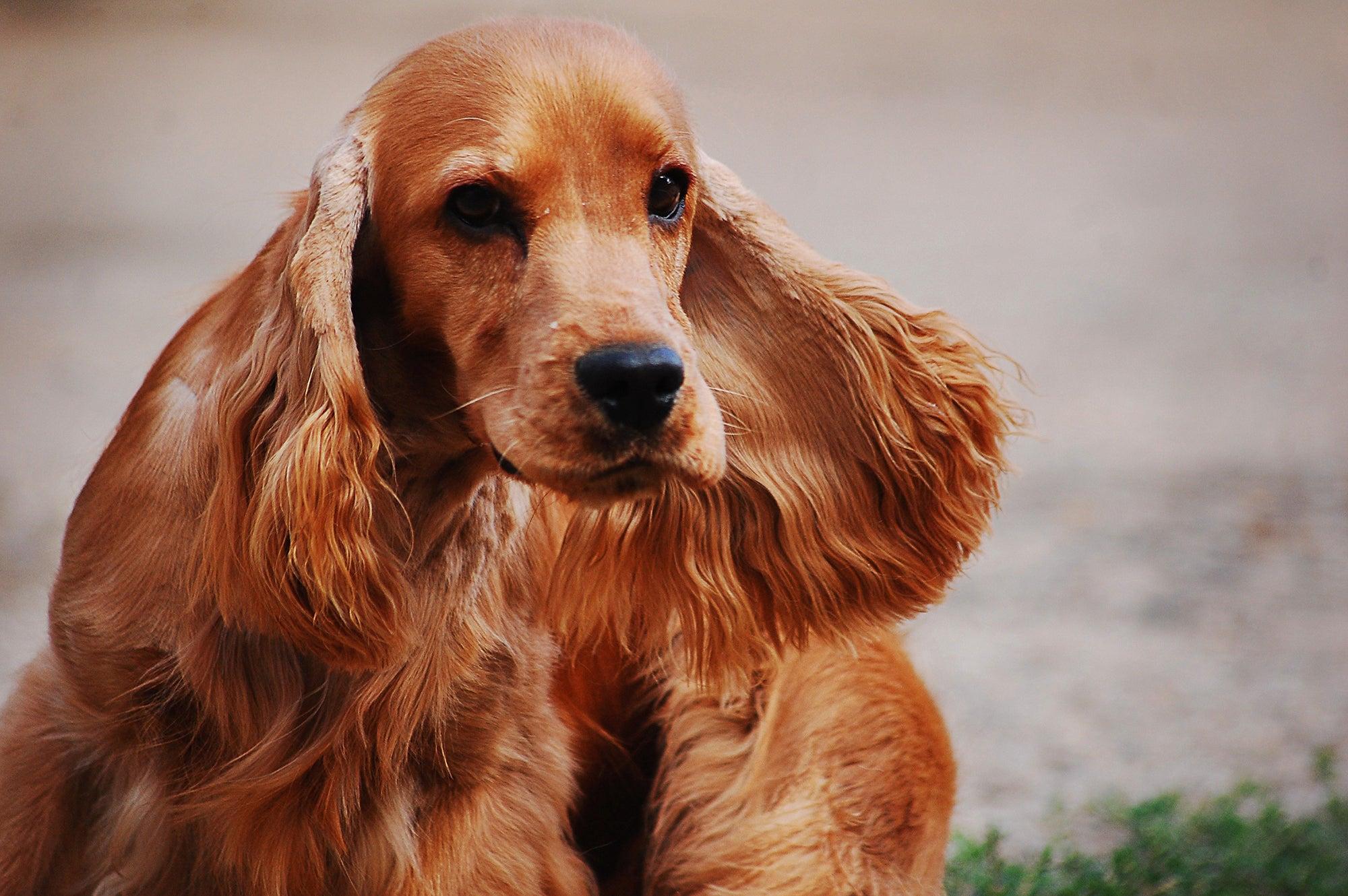In this blog, we learn all about dog shedding. We’ll discover why dogs shed and what helps with dog shedding if your pup’s fur fall is excessive.
- Home/
- Dog/
- Health & Wellness/
- How To Help Dog Shedding
How To Help Dog Shedding

There are so many things to love about being a dog owner, but having to deal with dog hair all over your home isn’t one of them. It’s never nice to reach a point in your life when, as a puppy parent, you feel like every time you turn around, your house is covered in fur! There is nothing worse than dropping down onto the couch after a long day and forcing a plume of fur into the air around you. That’s bad enough, without the added odor fur can sometimes produce!
But, why do dogs shed? Well, some shedding is an inevitability, and probably one of the biggest downsides to being a puppy parent. But, it doesn’t have to control your life and your home. So, what helps with dog shedding? There are some simple, easy steps to helping reduce the amount of fur your pup sheds, which will leave both you and your pup happier.
Why Do Dogs Shed?

Shedding is simply when your dog loses damaged or dead hair, making space for new, healthy fur to grow in its place. Almost all dogs will experience shedding in their lifetime, but there are many factors involved when it comes to the volume of hair loss including; breed, time of year, pregnancy, and the overall health of your pup.
Here are four of the most common reasons why dogs shed:
Their breed
There are some dog breeds that are known to shed more than others, especially those with long, shaggy coats or loose dog hair, such as the German Shepherd, Golden Retriever, and Alaskan Husky. These breeds are commonly known to shed more frequently, especially in the spring and summer as they shed their winter coat.
Fleas or sensitivities
If your pup is being plagued by a flea infestation, they will irritate the skin, causing excessive scratching, biting, and constant licking.
In addition to fleas, you may find that your pup is having a reaction to an environmental sensitivity, made worse every time you head out for a walk in the park or wooded areas. Consult your vet if you think this might be the cause.
A large amount of hair loss could also be the result of specific food intolerance. Just like us humans, there are different things that your pup may find difficult to digest and process, including grain, beef, or dairy products. If your dog has a reaction to a certain food, they could undergo excess hair loss. Check in with your vet if you suspect a food sensitivity is causing excess shedding.
Trauma

Your pup could be losing their hair due to a trauma they have previously experienced. Particularly if your pup is a rescue, their life may have been difficult before you saved them. This history could leave them occasionally feeling nervous, anxious, and scared.
When your dog is trying to cope with stress, they may begin to soothe themselves through licking and nibbling – mimicking what their mother would have done when they were young. This licking and gnawing may be the cause of patches of hair loss and exposed vulnerable skin.
What Helps With Dog Shedding?
If you’re wondering how to help dog shedding in your home, while you can’t stop a dog from shedding completely, there are a number of things you can do to help with their shedding in your home to make both you and your dog more comfortable…
Regular Grooming
When your dog is shedding their winter coat, it can become itchy, irritable, and hot, causing your pup to feel a little stressed and uncomfortable. Visiting the groomer frequently or having a regular brushing schedule at home can make all the difference. Not only will it reduce the amount of dog fur falling out around the house, but it will also help your dog feel comfortable. Ask your local groomer if they have specific de-shedding methods, which may be different from overall grooming.
You may also want to invest in a good, quality dog brush that is able to collect and remove old, dead hair. The more of a dog’s hair you remove, the less irritated your pup will become during hotter temperatures.
Targeting Sensitivities & Fleas
As said above, when your dog is dealing with fleas or sensitivities (either from food or the environment) the result normally ends up with continuous scratching of their fur and skin – causing hair loss.
If you think that a sensitivity is the cause of excessive pet hair loss, seek the advice of your vet, as soon as possible. Your vet will be able to inform you how to correctly treat the problem. The quicker you’re able to help them with their sensitivity, the better your pup’s day-to-day life will be.
Managing Normal Stress Levels
Just like us humans, stress can play a huge part in your dog’s physical and emotional health and occasional hair loss can be a sign that your pup is dealing with anxiousness. Finding ways of managing normal levels of stress could be a simple answer to address their fur loss. It might not always feel that easy, especially if you’re unsure what is causing the stress.
Take your time to build up your relationship with your pooch, creating a safe environment for both of you. The more they trust you, the easier it will be to help support their anxiousness in times of stress and discomfort. With your pup feeling more relaxed, you may notice a reduction in shedding.
Along with making your bond stronger through trust and love, using dog-specific, natural calming aids may help give you and your pup a little extra help along the way.
Giving a Fatty Acid Supplement
Fatty acid supplements contain a number of healthy vitamins and minerals that can promote healthy skin and coats. Nutrients like fish oil, flaxseed oil, Vitamin E, and biotin can all help with shedding.
Covering the Furniture
Upholstered furniture is a magnet for dog hair so covering your furniture can make it easier to clean up dog hair and protect your home. With covers designed to trap dog hair, you can easily contain the dog’s shedding and wash the cover much easier than you can wash your couch. Plus, you can cover certain pieces of furniture and train your dog to only sit there, leaving the other couches and chairs clean for yourself and guests.
Vacuuming More Often
What helps with dog shedding? One of the best ways to maintain a dog hair-free home is to vacuum up the dog hair more frequently. If you have a long-haired dog breed, you may need to vacuum your home as often as two or three times a week. In addition to vacuuming, make sure you clean the filter in your vacuum to clean up as much dust and dander from your dog shedding as possible.
Increasing Water Intake
Hydrated skin is happy skin, therefore it’s important to make sure your dog is drinking enough water to help decrease shedding. If their skin is dehydrated, they are more likely to lose dead fur and skin cells. By increasing your dog’s water intake, you can decrease their shedding and promote healthy skin and a healthy coat. Make sure your dog has clear, easy access to clean, fresh water at all times.
How To Help Dog Shedding
Although shedding is inevitable, it doesn’t have to take over your life. There are ways that you can help your pup with the excess fur and help address the mass shedding through a few simple changes, including regular brushing and supporting their fur health through supplements.
 B
B



